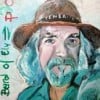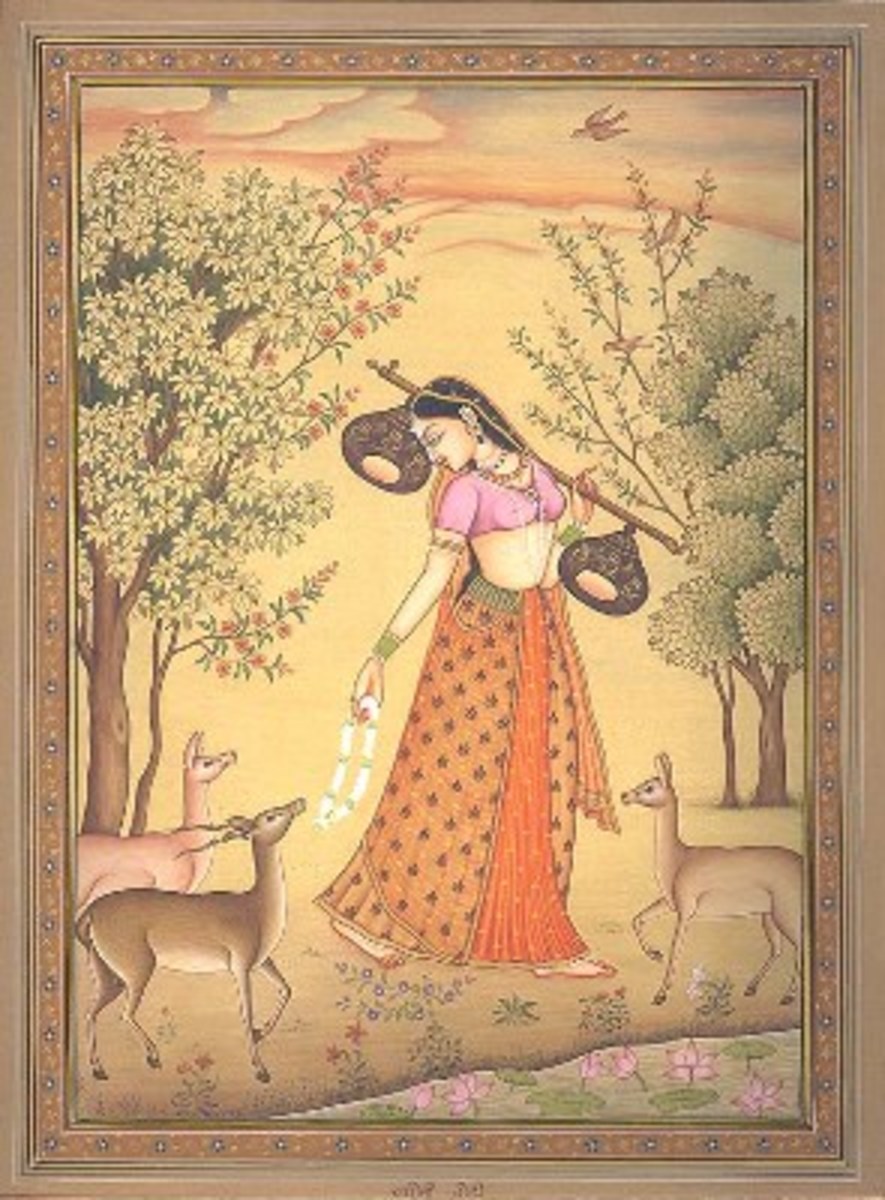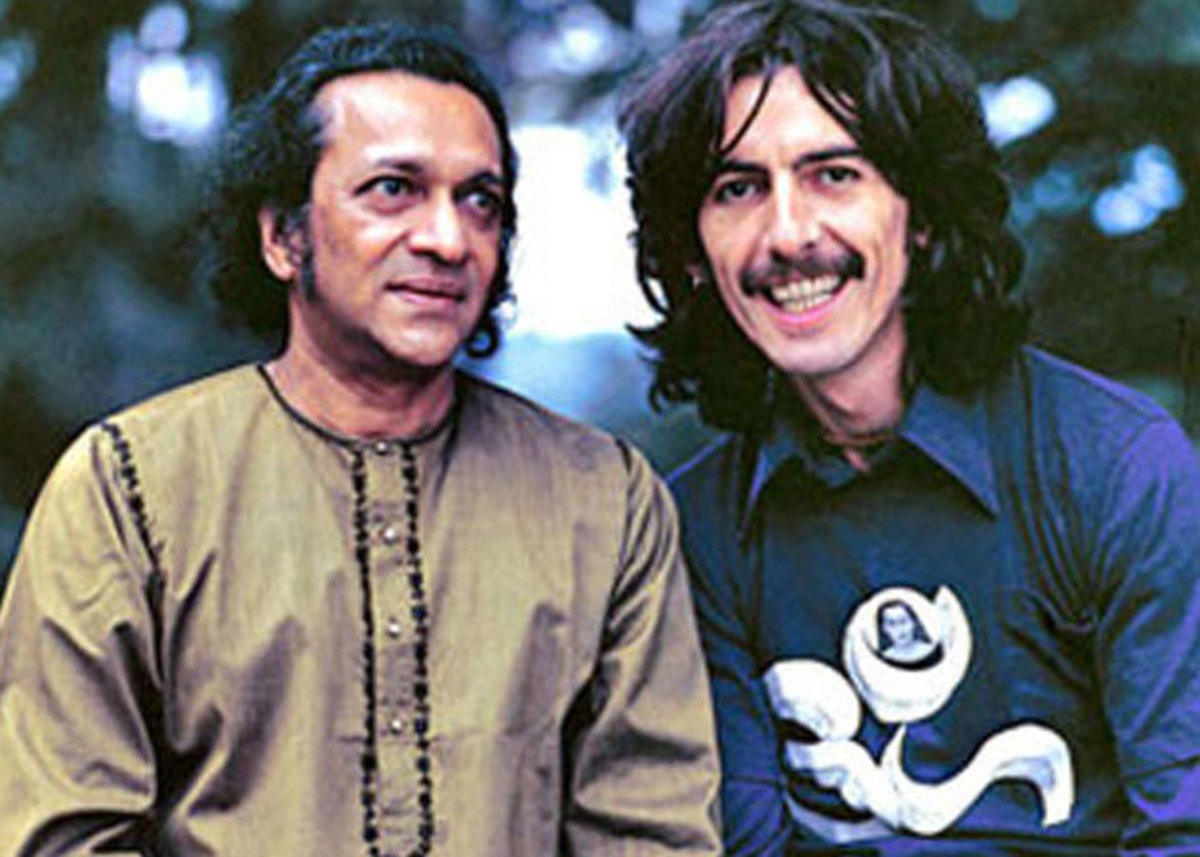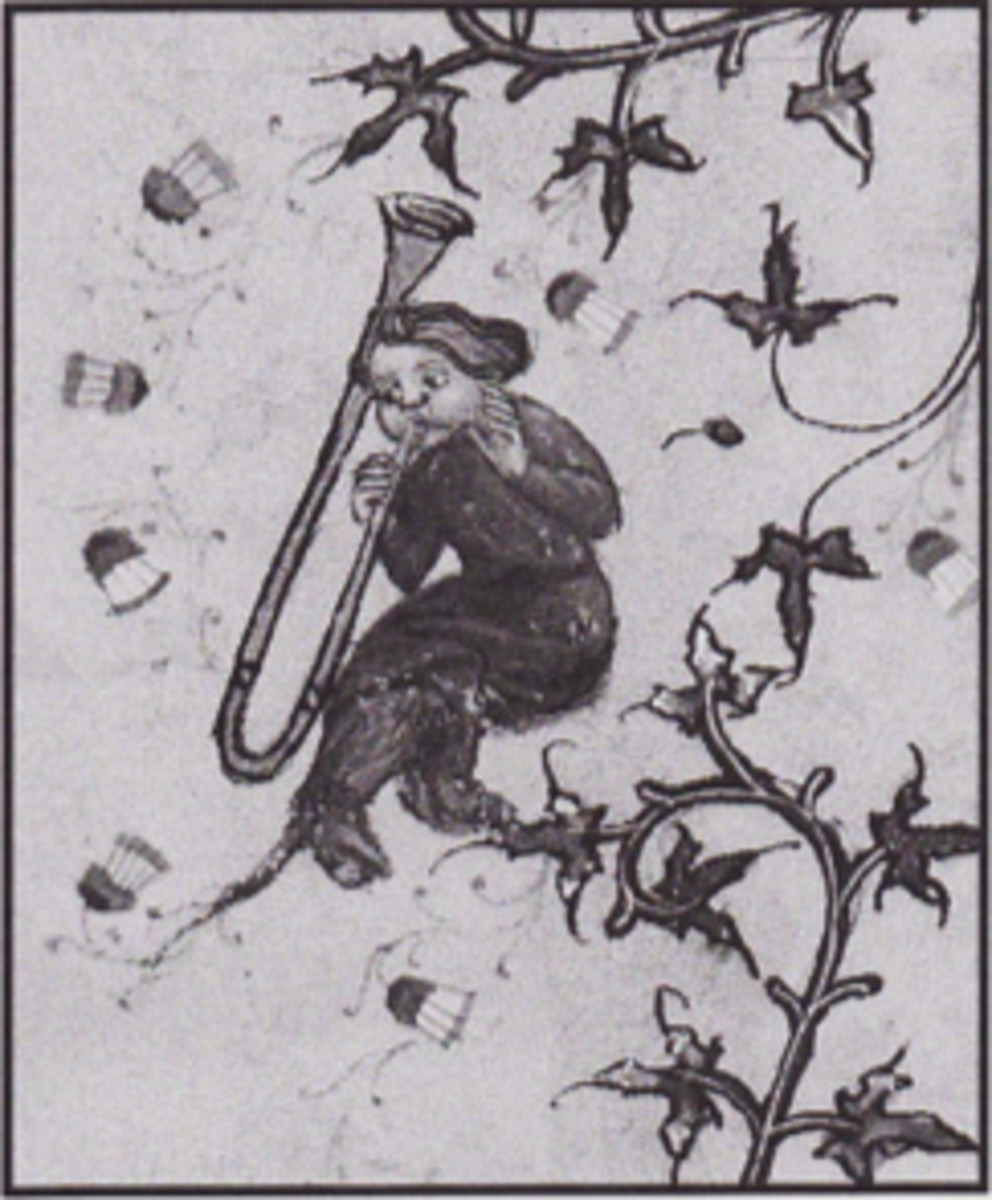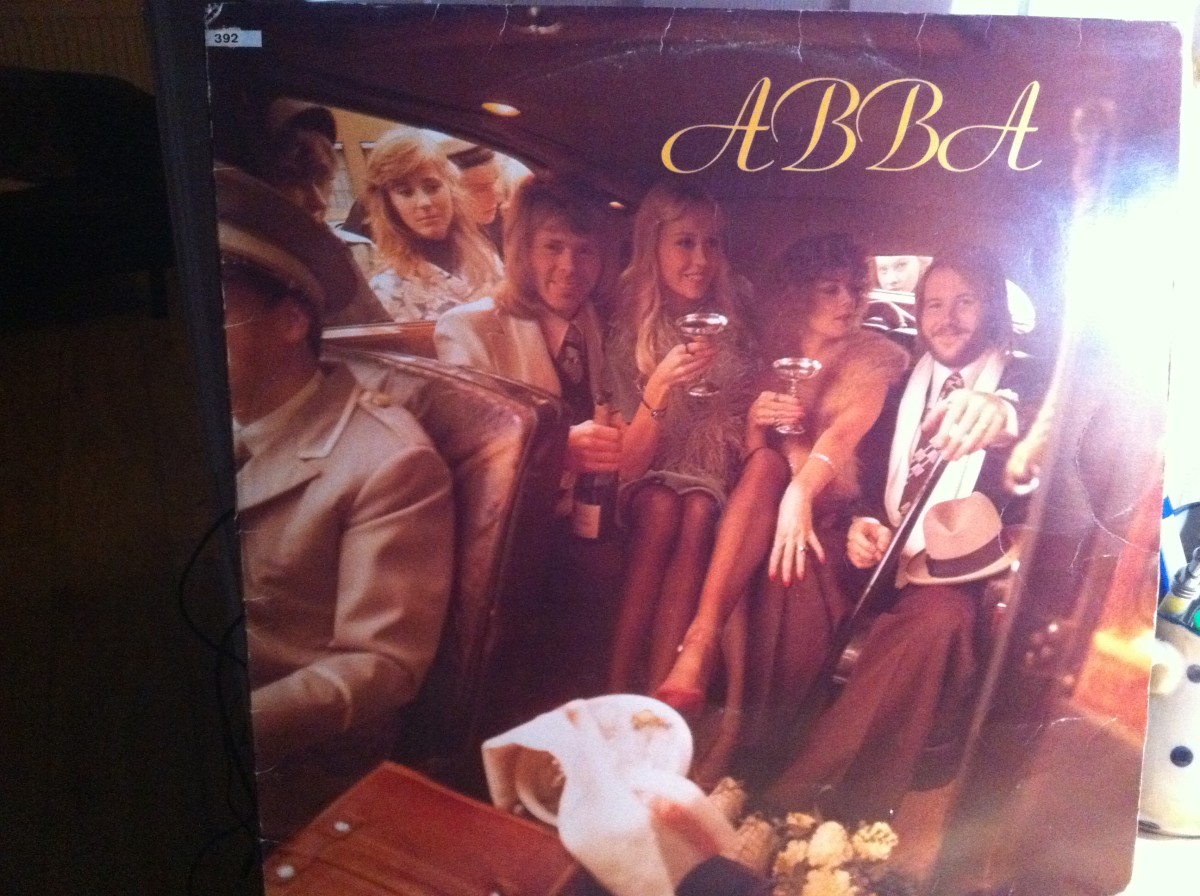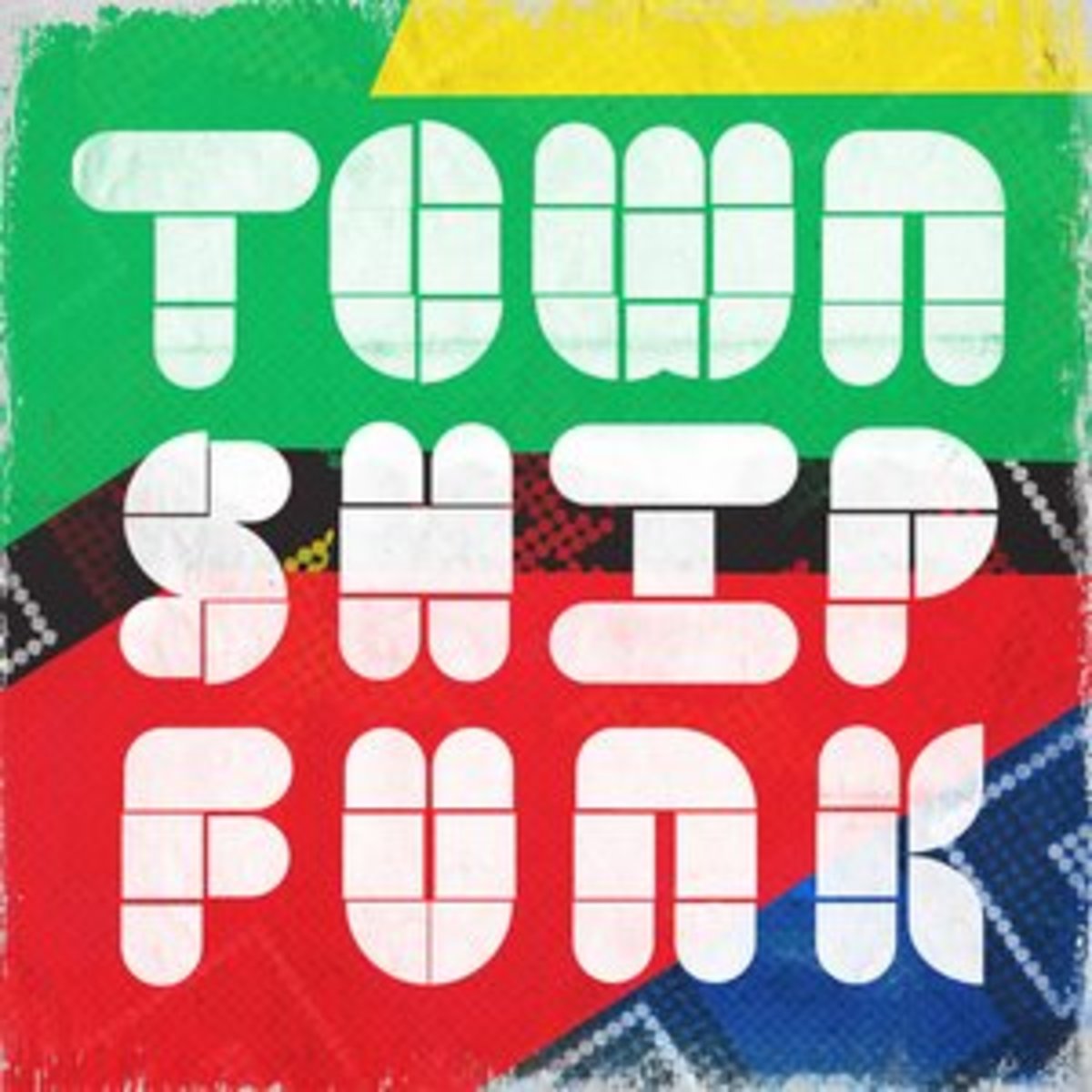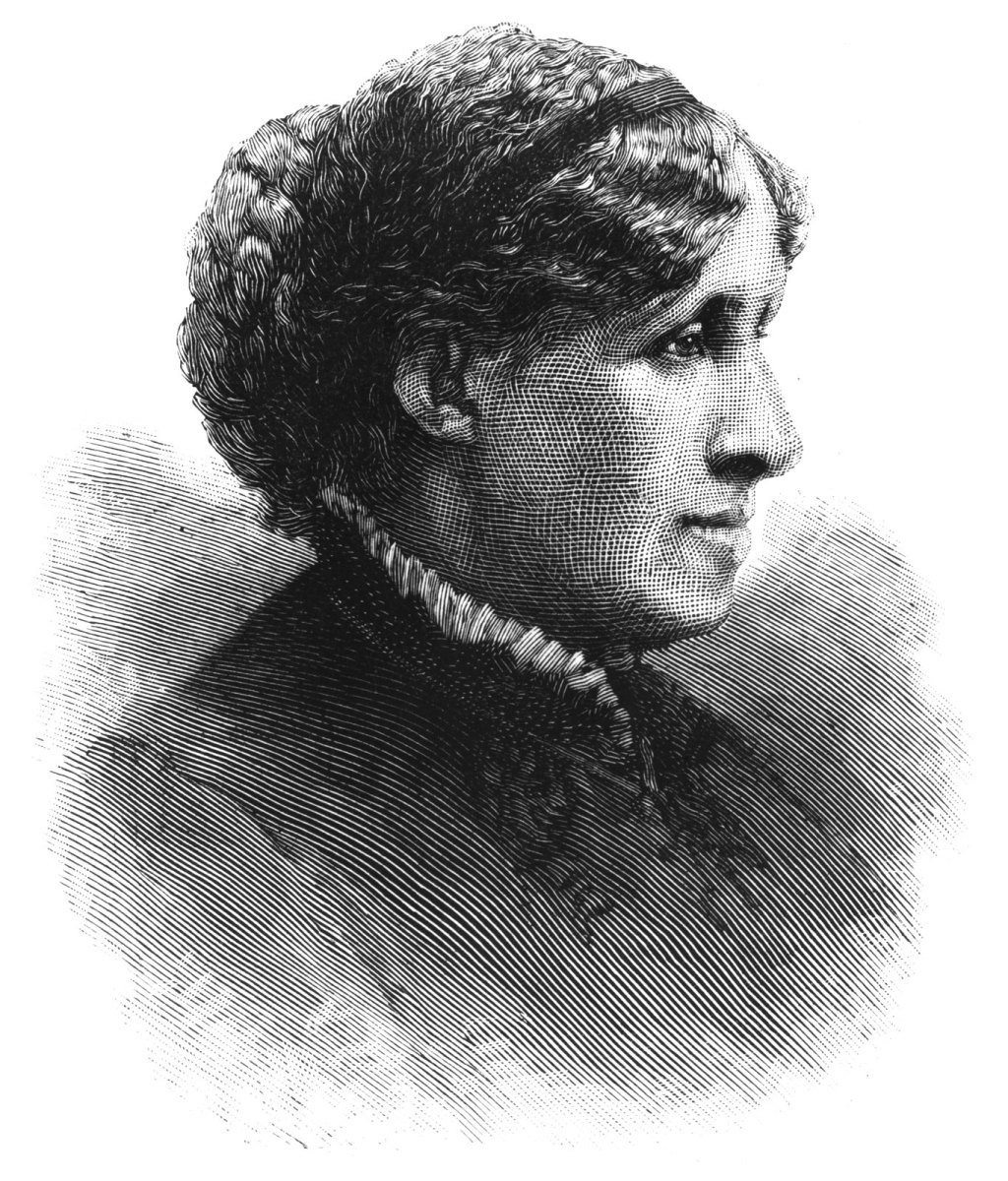The Sitar, Ravi Shankar, George Harrison and the worldwide appeal of Indian music
Former Beatle George Harrison
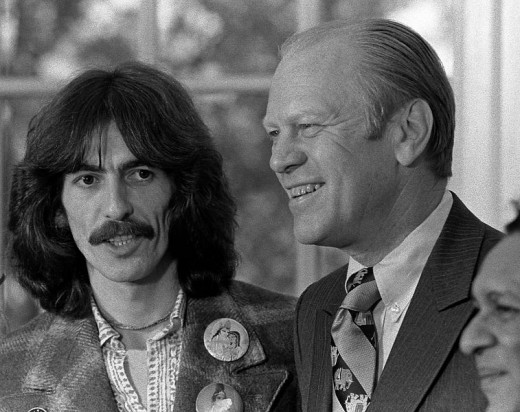
The role of the sitar in Classical and Pop music
The Sitar is a stringed musical instrument used in India and I am sure you know the sound. It is instantly recognizable and adds a certain Far-eastern flavour to any piece of music it is a component of.
The Sitar has been much used in Indian Classical music but found its way into popular music of the Western world back in the late 1960s. That was when most of us first heard it if we were alive at that period. The instrument was gaining popularity at the same time a lot of interest was being taken in Transcendental Meditation (TM) and gurus from the east.
The sitar has drone strings which keep a steady sound going while the player plays individual notes, scales and improvisations on the other strings. A drone sound in a musical instrument is often associated with helping the listener to tune in to spiritual awareness. The didgeridoo is another such instrument though not a stringed one. Many people tuned in to and were turned on by the music being made by sitar players.
Sitar workshop

Buy music by Ravi Shankar
Ravi Shankar the sitar expert player
The late Ravi Shankar was an expert at playing the sitar and has been rightly considered as the best-known Indian musician in the whole world. He came to fame in the 1960s due to his association with the classical violin player Yehudi Menuhin and former Beatle George Harrison. Around that time The Beatles were getting interested in Transcendental Meditation and the ideas of the guru Maharishi Mahesh Yogi.
Harrison became a student of Shankar’s who taught him how to play the sitar and the two subsequently became good friends and recorded together.
Many westerners took up learning the instrument at sitar workshops. The tabla drum is a traditional percussion instrument that is played along as support for a sitar player. The raga is a type of music played on the sitar and which allows for improvisation but is a standard form in Indian Classical music too.
Sitar
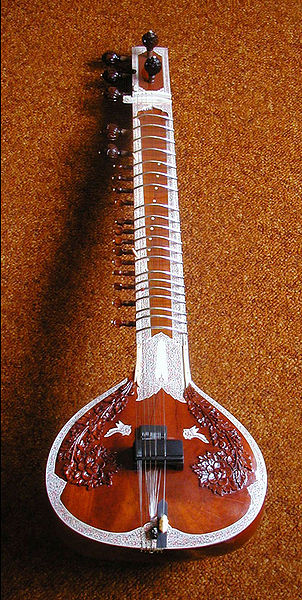
The Beatles and the sitar
Mystical influences from their spiritual studies began to enter the songs of The Beatles. Norwegian Wood (This Bird Has Flown) and Within You Without You are two compositions by the band that included the sitar amongst the instruments being played in the recordings.
Many other groups and musicians naturally followed what The Beatles were doing, and now that the sound of the sitar had become a part of modern Pop music it soon started to be heard on singles and albums getting released around that time.
Incredible String Band - The Half-Remarkable Question
Sitar poll
Do you like the sound of the sitar?
The Rolling Stones and other bands that used the sitar
The Rolling Stones were quick to embrace the 1960s psychedelia and Flower Power ideas and image, and the sitar was very much part of the Eastern spirituality that many young people in the Western world were being drawn to. Brian Jones of the band learned to play the instrument and the sitar can be heard in the hit song Paint It Black.
Pioneering folk-rock band The Incredible String Band were one of the very influential acts from the late sixties that often used the sitar on recordings and in concerts. Mike Heron, who with Robin Williamson was a founder member of “The Incredibles,” plays sitar on The Half-Remarkable Question on their much-acclaimed 1968 album Wee Tam and The Big Huge.
The Incredible String Band became heroes of the hippie movement and the sitar was the ideal instrument to embody ideas of transcendental spiritualism, mysticism and an alternative lifestyle.
Perhaps the greatest hit ever though that had the unmistakable sound of the sitar featured was the 1967 single for Traffic that was entitled Hole In My Shoe.
The song got parodied many years later by Neil from The Young Ones TV comedy series. Ideas about what was “cool and trendy” had changed and hippie stuff fell out of fashion for many though not all. The sitar’s unique sound will always remain popular with many people.
HOLE IN MY SHOE (1967) by Traffic (incredible stereo mix)
© 2013 Steve Andrews
